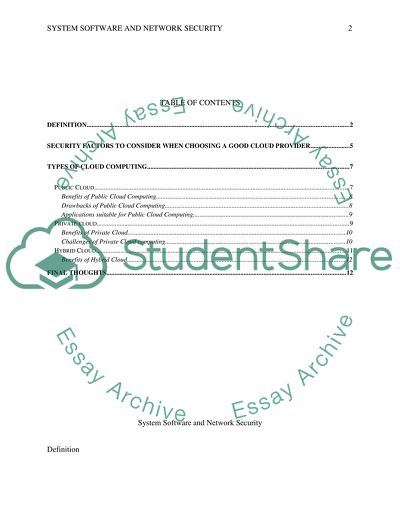Cite this document
(“System Software and Network Security Essay Example | Topics and Well Written Essays - 2500 words”, n.d.)
Retrieved de https://studentshare.org/information-technology/1392863-system-software-and-network-security
Retrieved de https://studentshare.org/information-technology/1392863-system-software-and-network-security
(System Software and Network Security Essay Example | Topics and Well Written Essays - 2500 Words)
https://studentshare.org/information-technology/1392863-system-software-and-network-security.
https://studentshare.org/information-technology/1392863-system-software-and-network-security.
“System Software and Network Security Essay Example | Topics and Well Written Essays - 2500 Words”, n.d. https://studentshare.org/information-technology/1392863-system-software-and-network-security.


